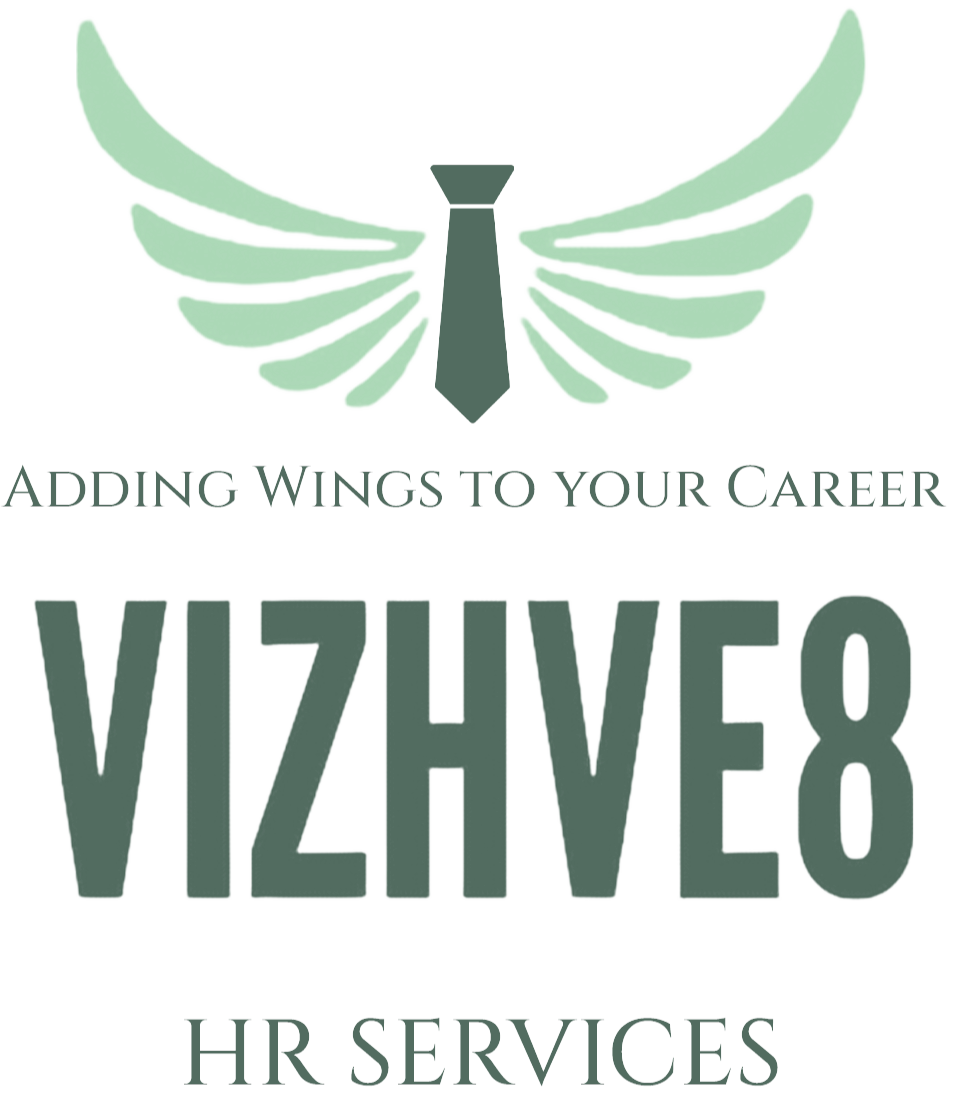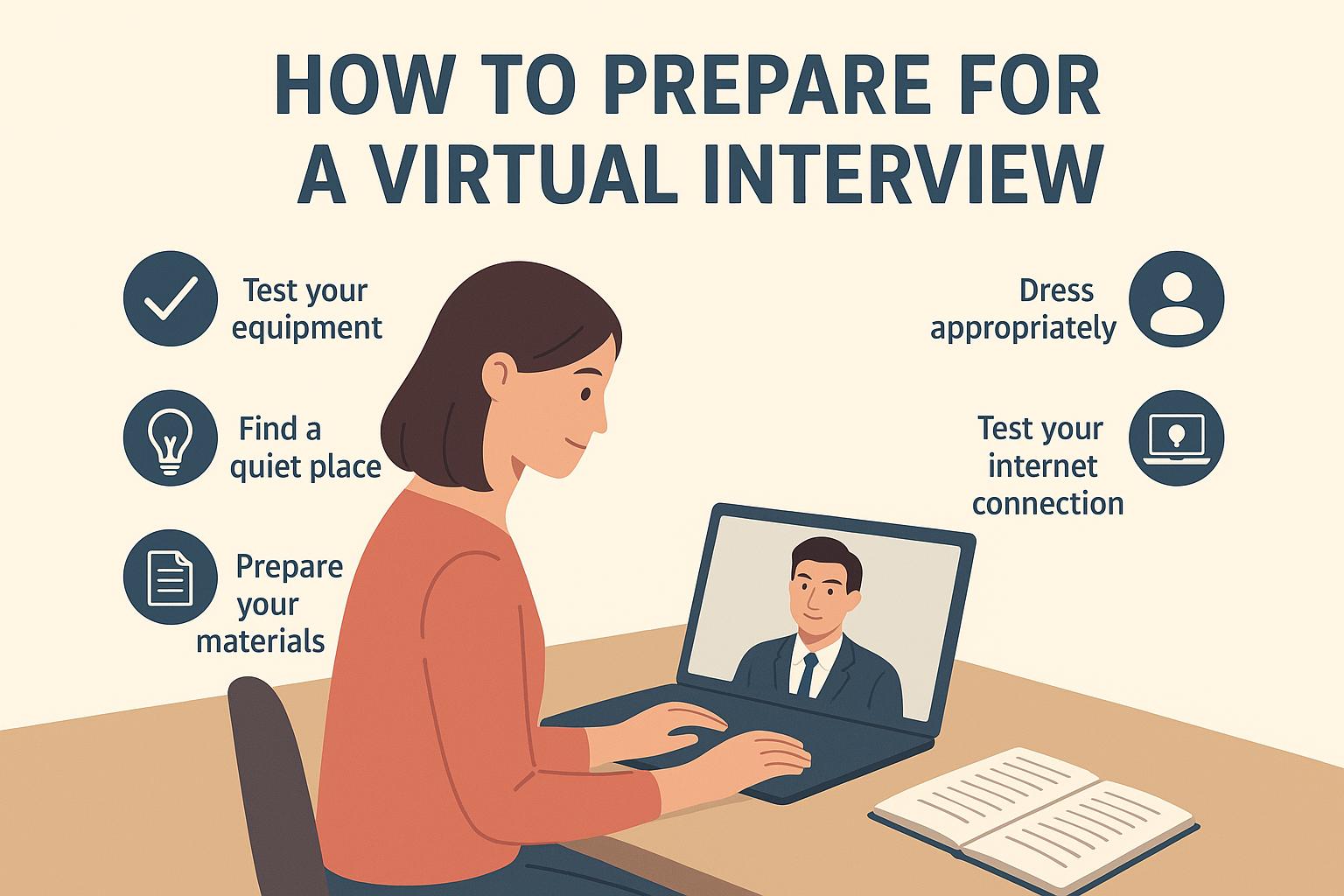
A resume is not just a paper; it is your personal selling device. In the present-day job market, a recruiter takes only 6-10 seconds to browse a resume and form an opinion whether to consider it. This implies that all the sections of your resume must be written tactfully so as to demonstrate your skills, accomplishments and experience in a manner that draws attention quickly.
Being a fresher or an experienced professional, the ability to know How to Write a Resume That Gets You Noticed is something that can mean the difference between missing out and getting the job of your dreams.
Why Resume Matters More Than Ever
It is your resume that forms the first impression of the recruiter or hiring manager before you meet him. In the digital-first environment of job boards and applicant tracking systems (ATS) an effective resume must not only demonstrate your aptitude but also be successful in passing through the technology.
A properly written resume:
- Highlights your core strengths and achievements.
- Will show you are value to employers.
- Puts you ahead of other candidates who are regarded to have similar qualifications.
- Assists you in being able to get interviews in leading companies (in any field).
Step 1: Begin with a Powerful Resume Format
The initial process in having a resume that is noticed is using the correct format.
- Chronological Resume
- Best for candidates with a strong career Progression.
- List working experience on reverse chronological order.
- Resume Functional Format
- Lays emphasis on skills and competences and not the history of the job.
- Of benefit to freshers or freelancers or career changers.
- Combination Resume Format
- Mix of both chronological and functional styles.
- Highlights both skills and career achievements.
Tip: Always use a clean, professional design with consistent fonts, bullet points, and adequate spacing. Avoid cluttered templates.
Step 2: Develop a Resume Summary That Will Attain the Attention
Recruiters read the first section of the resume which is the resume summary (or objective). Rather than the generic statements, concentrate on what you have on the platter.
Weak Example:
I would like to find the working place with the good company in which I can use my abilities.
Strong Example:
Results-oriented Digital Marketing Professional with 5+ years of experience building brand awareness and resulting in 200 per cent organic traffic growth.
The effective summary must:
- Be 2-3 sentences.
- Mention your key skills, years of experience, and career achievements.
- Respond to the job specification to which you are applying.
Step 3: Publicise work experience with achievements
Recruiters want to see impact, not just responsibilities. Instead of listing job duties, focus on achievements and measurable results.
Weak Example:
- In-charge of social media campaigns.
Strong Example:
- Increased social media activity (data-driven campaigns) by 150 percent.
- In order to write effective work experience sections:
- Engage action words (achieved, managed, developed, boosted).
- Include figures and findings where you can.
- Customise experiences that match the job role.
Step 4: Maximise your Skills Section
That is where ATS (Applicant Tracking Systems) search keywords on the skills section. Incorporation of the appropriate skills guarantees your resume being shortlisted.
Hard (Technical) Skills
- Java, Python, React.js
- Excel, Salesforce, AutoCAD (tools)
- Certifications (AWS, Google Analytics, PMP)
Personal (Soft Skills)
- Leadership
- Problem-solving
- Communication
- Time management
Tip: Match your skills with those mentioned in the job description for higher ATS ranking.
Step 5: Experience and Training Display
Employers consider academic qualifications and certifications as factor, alongside experience that would help to gain credibility.
- List in descending order of your highest qualification.
- Include the degree, institution and the year of completion.
- Include such relevant certification as cloud computing, digital marketing or Six Sigma.
Example:
MBA in Finance -IIM Bangalore (2018)
Certification: Chartered Financial Analyst (CFA), 2020
Step 6: Tighten it to every job application
It is one of the biggest errors that job seekers do because they tend to use one and the same resume. The recruiter can tell at a glance that a resume is not customized.
To customize:
- Apply keywords of the job description.
- Note only the pertinent accomplishments.
- Rephrase, verbatim translations and rearrange paragraphs in accordance with the priorities of the employer.
Step 7: Your Resume Needs to be Professional and Tight
Recruiters are not really in position to go through an extensive resume. A perfect resume ought to be:
- One-page freshers and middle-level professionals.
- Resumes of those who have at least 10 years of work experience should be two pages.
Avoid:
- Excessive cartoonish fonts.
- Inclusion of the personal information such as marital status or religion.
- Grammatical and typing mistakes.
Tip: It is good to use a professional email (e.g. firstname.lastname@gmail.com) effectually replaced by intended IDs instead of casual IDs.
Step 8: Insert Extra Sections Which Can Add Value
To boost your resume, you can add sections that reinforce your resume:
- Key projects: any work, which highlights your skills.
- Volunteer Experience: Demonstrates leadership and team spirit.
- Awards &Recognition: Gives credibility.
- Tongue: Beneficial in multinational firms.
Example:
Languages: English (Fluent), Hindi (Native), Arabic (Intermediate)
Step 9: ATS Glorify
Since most companies employ the Applicant Tracking Systems, you have to make sure that your resume is designed for upfront digital sorting.
- Use standard font seemly as Arial, Calibri, Times New Roman.
- Save in PDF or Word (as preferred).
- Avoid graphics, tables or images that the ATS may not be able to read.
- Use job specific Keywords in a natural way.
Step 10: Proofreading and Getting Feedback
The greatest resume is also worthless when it contains error. Before sending:
- Edit out error in spelling and grammar.
- See whether format and style are consistent.
- Seek feedback of a friend, mentor, or professional career coach.
Conclusion
Knowing how to write a resume that gets noticed is one of the most powerful skills for job seekers. From choosing the right resume format to highlighting measurable achievements, customizing for each role, and making it ATS-friendly, every step matters.
Remember, your resume is not just about what you’ve done—it’s about how well you communicate your value to employers. Craft it carefully, and it can open doors to opportunities across industries and geographies.






